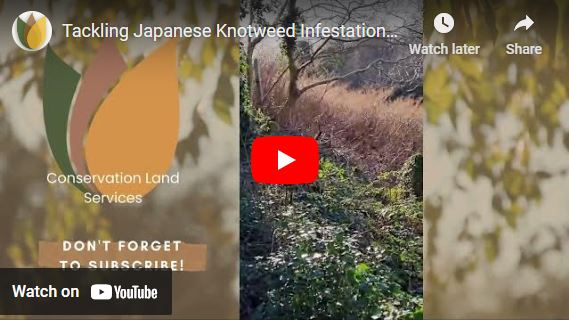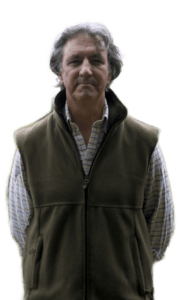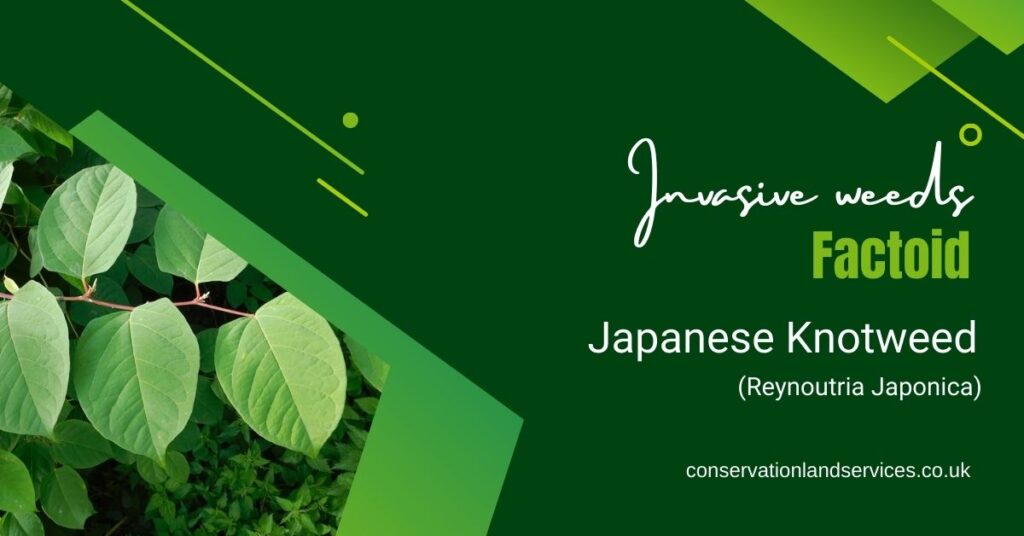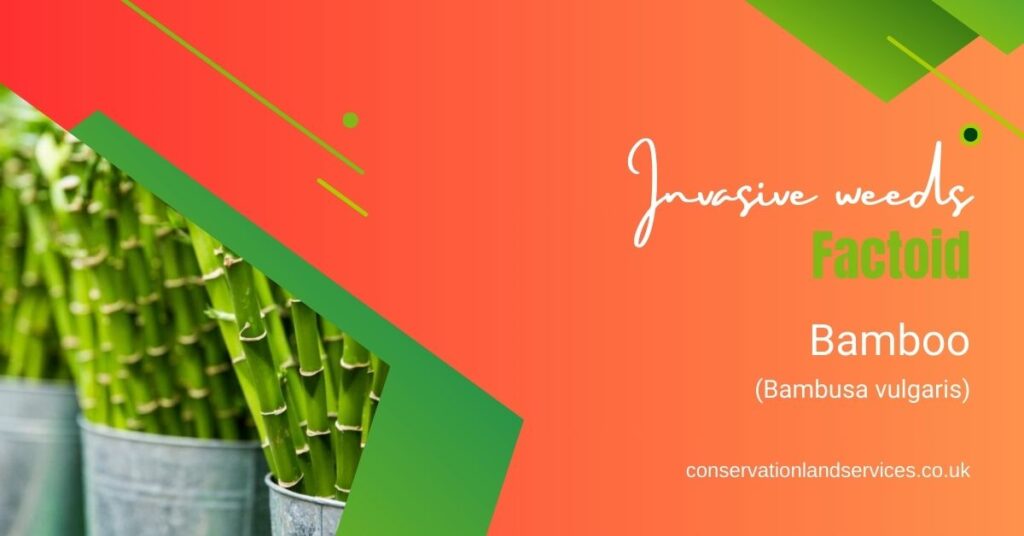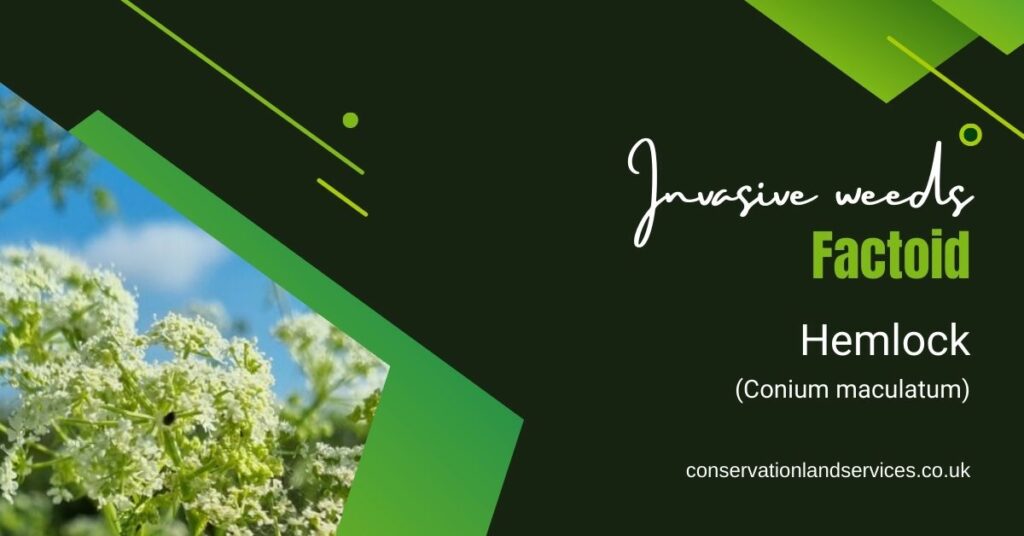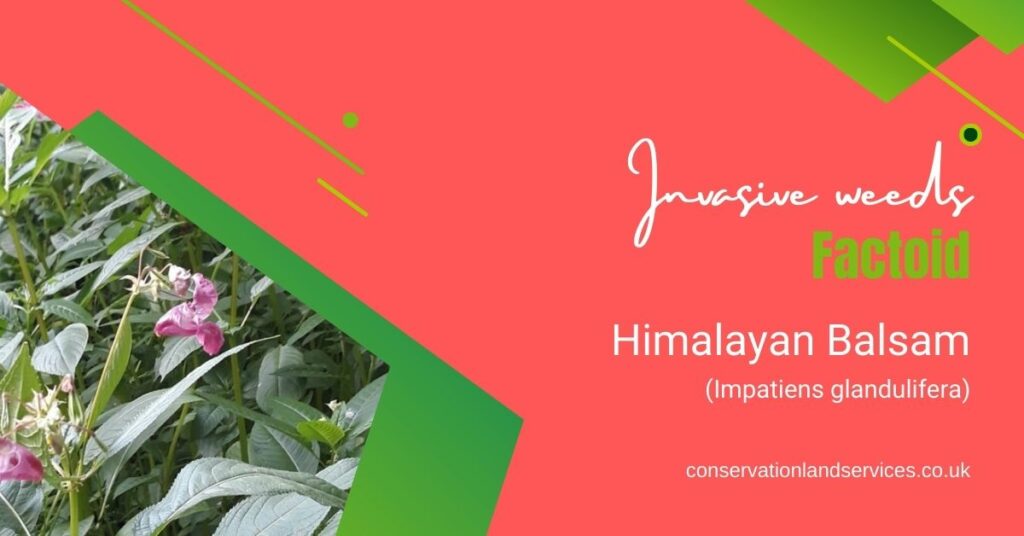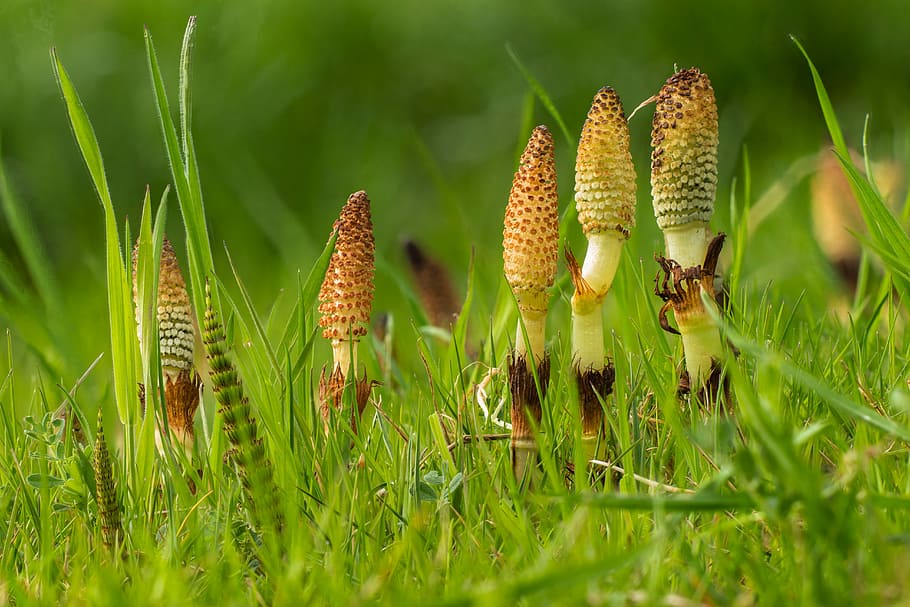Hemlock (Conium maculatum) FAQs
Frequently asked questions about Hemlock for a UK resident:
Commercial
Comprehensive invasive weed control
Residential
Find and tackle problem weeds
Knowledge Hub
Learn about conservation
Hemlock (Conium maculatum)
Notoriously poisonous plant produces umbrella-like clusters of flowers and known by other names such as Poison Hemlock.
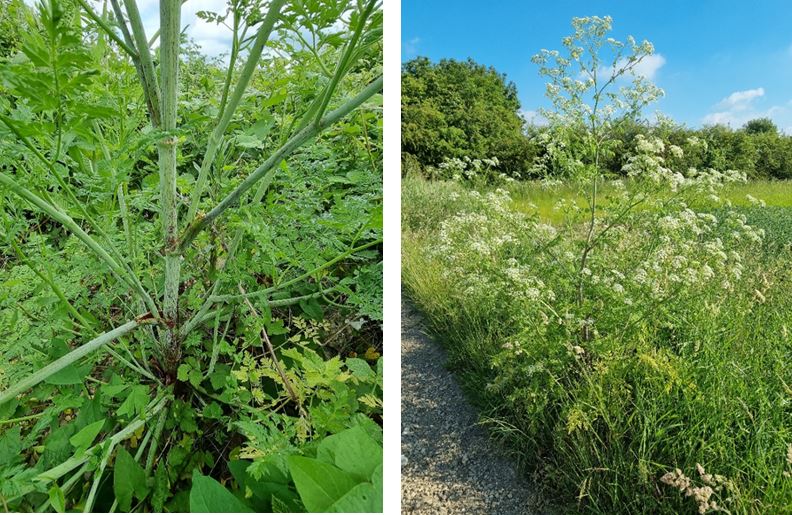
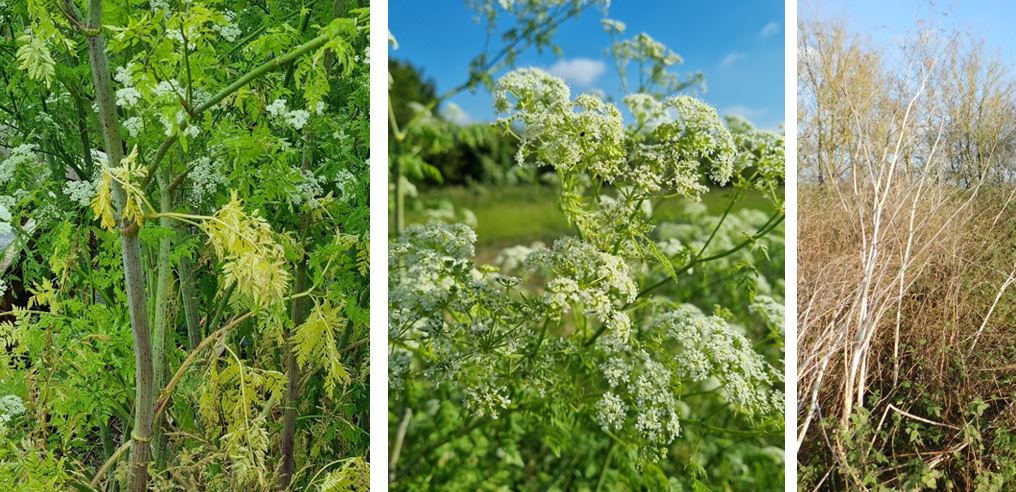
What are the other common names for Hemlock?
Common Hemlock, Poison Hemlock, and Poison Parsley are other names for Hemlock.
What does Hemlock look like?
Hemlock is a tall herbaceous plant, with fern like leaves growing 2m or more, producing umbrella-like clusters of white flowers in summer, which is typical of the Umbellifer (Carrot) family. At maturity purple blotches can be found on the stem. In the winter the ‘died back’ stems look very distinctive in creamy white colour, with zig zag stems and black marks where the purple blotches were in the summer.
What is the scientific name for Hemlock?
The scientific name for hemlock is Conium maculatum L.
Hemlock a non-native invasive weed?
Hemlock is a non-native but is known as an archaeophyte, which means it was introduced in ‘ancient times’. Hemlock is not on Schedule 9 of the Wildlife and Countryside Act (1981), but is very invasive and poisonous if ingested.
What type of plant is Hemlock?
Hemlock is a poisonous (if ingested) herbaceous biennial plant from the carrot family (Umbellifer). This means that it takes two years to get to be mature enough to produce seed, but is poisonous if ingested at any stage of maturity.
Where does Hemlock commonly occur or grow?
Hemlock commonly occurs in damp ground, ditches, roadsides, hedgerows and waste ground in the UK
Why is Hemlock poisonous?
Hemlock, if ingested, is poisonous. Hemlock contains several poisonous alkaloids, with the most important one being coniine. These make the entire plant toxic and it is poisonous to both humans and livestock.
Which livestock animals are poisoned by Hemlock most frequently?
Cattle are most sensitive and most frequently poisoned by Hemlock among livestock animals. Sheep, goats, pigs and poultry may also be poisoned.
When does Hemlock flower and set seed?
Hemlock flowers from June to July. A mature plant may produce up to 38,000 seeds.
How long can Hemlock seeds remain viable in the soil?
Hemlock seeds may remain viable in soil for several years.
Uncover the Secrets of Invasive Weeds
